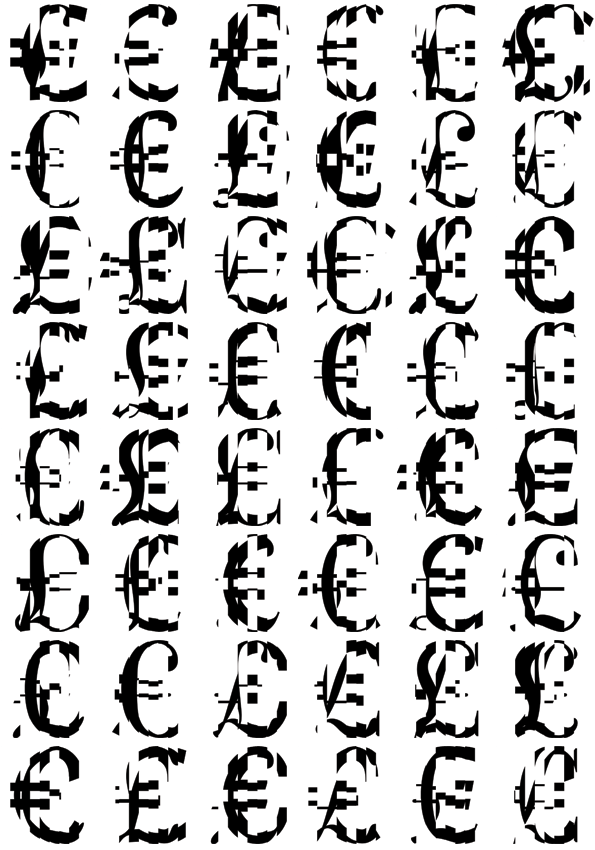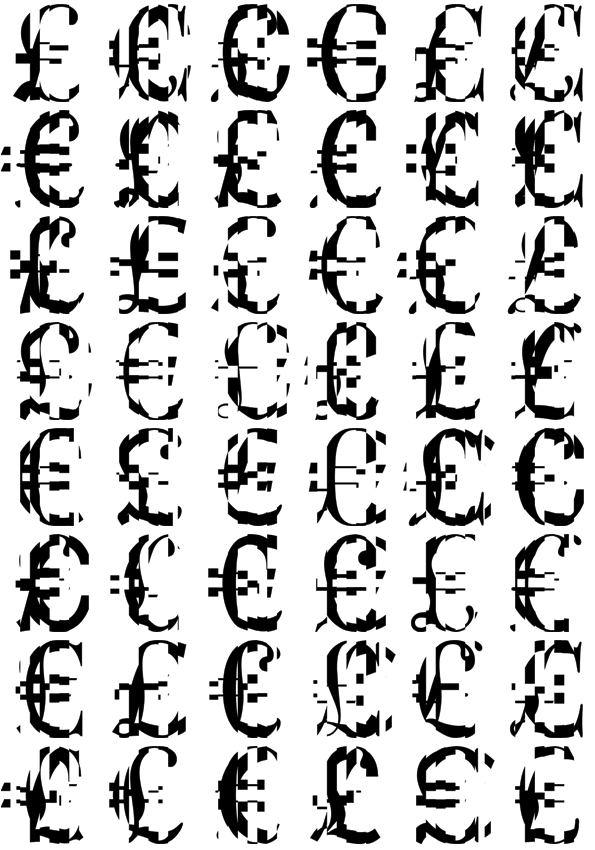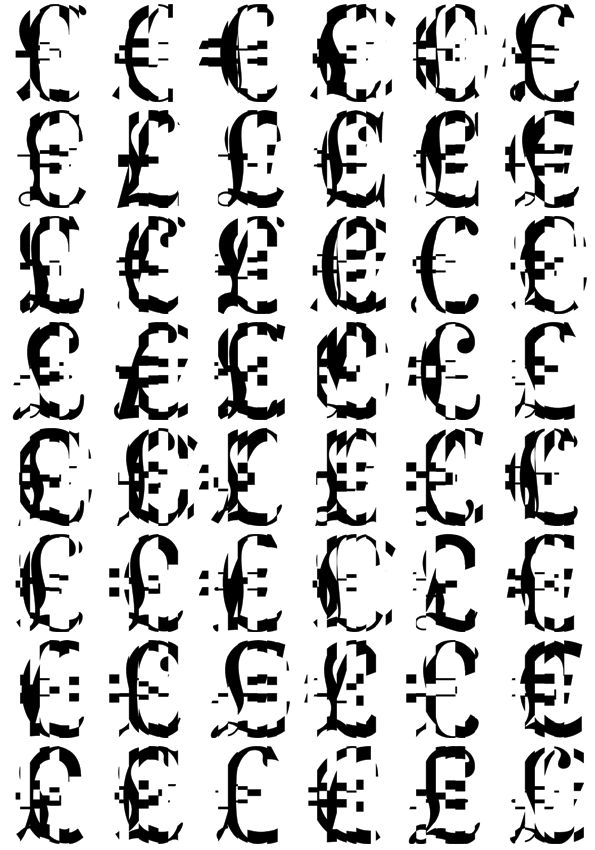In this stage of the project, we explore the relationship between the British pound (£) and the Euro (€), focusing on the fractures in European unity that existed long before Brexit. While the Euro was created to unify the European Union (EU) under a single currency, the UK resisted this move from the outset, opting to keep the pound. This decision symbolised the UK’s desire for a different path-one that maintained financial independence from the broader European project.



Although Britain was a key player in the EU, it always stood apart in its economic policies, reflecting a fundamental disconnect from the vision of integration shared by other member states. The pound, in this sense, represents not just the UK’s economic identity, but also the country’s insistence on retaining sovereignty in the face of growing European unification. This tension, which later culminated in Brexit, was present from the very beginning of the Euro’s introduction.






In this work, we deconstruct and reconstruct the symbols of the pound and the Euro to reflect the idea of fragmentation within the EU’s currency project. The pound, as an enduring symbol of British financial independence, stands in contrast to the Euro, which was meant to represent a unified Europe. By breaking down and reassembling these symbols, we explore the tension between the ideals of unity and the realities of division. This fragmentation highlights how the UK’s refusal to fully integrate into the European economic system was not a sudden outcome of Brexit but a long-standing fracture in the European Union’s foundations.